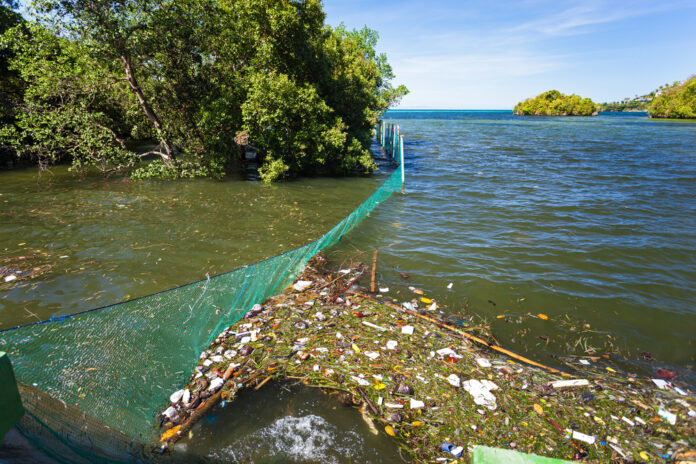Environmental stakeholders are urging the government to intensify support for the proposed Integrated Coastal Management Act and Coastal Greenbelt Bill, citing urgent ecological and policy implications. In a briefing held Wednesday in Manila, representatives from the Forestry Development Center of the University of the Philippines Los Baños and the Department of Science and Technology–PCAARRD stressed the need to institutionalize science-based, community-led coastal management strategies, including mangrove restoration.
The Philippines ranks second in mangrove loss in the ASEAN, trailing only Myanmar, with experts warning of escalating ecological and economic costs. Josella Pangilinan, Wetlands International program coordinator, revealed the country suffers an estimated US$1.2 billion in annual economic losses due to mangrove degradation, which continues at a rate of 2–5 percent annually. She added that while 40 percent of Filipinos depend directly on coastal resources, the government funds protection for only 13 percent of mangrove areas.
With over 60 percent of Filipinos living in low-lying, climate-vulnerable regions, stakeholders are also pushing for blue carbon integration into the country’s Nationally Determined Contributions (NDCs) under the Paris Agreement. Blue carbon, captured by coastal ecosystems like mangroves and seagrasses, is a critical component in achieving the Philippines’ 75 percent emissions reduction target by 2030, according to the Department of Environment and Natural Resources (DENR).
“Protecting mangroves is about securing food systems, livelihoods, and climate resilience for millions of Filipinos,” said Germaine de Runa of the Zoological Society of London Philippines.







